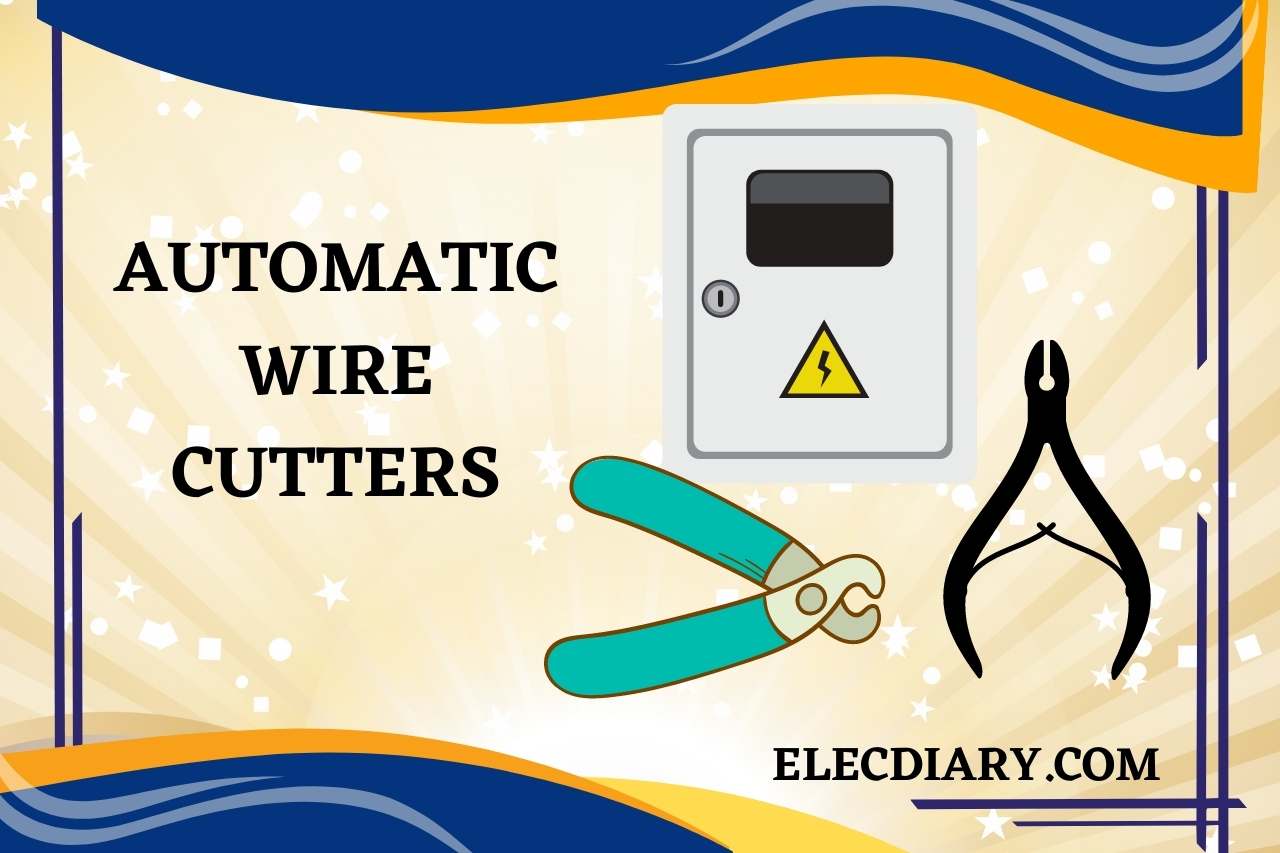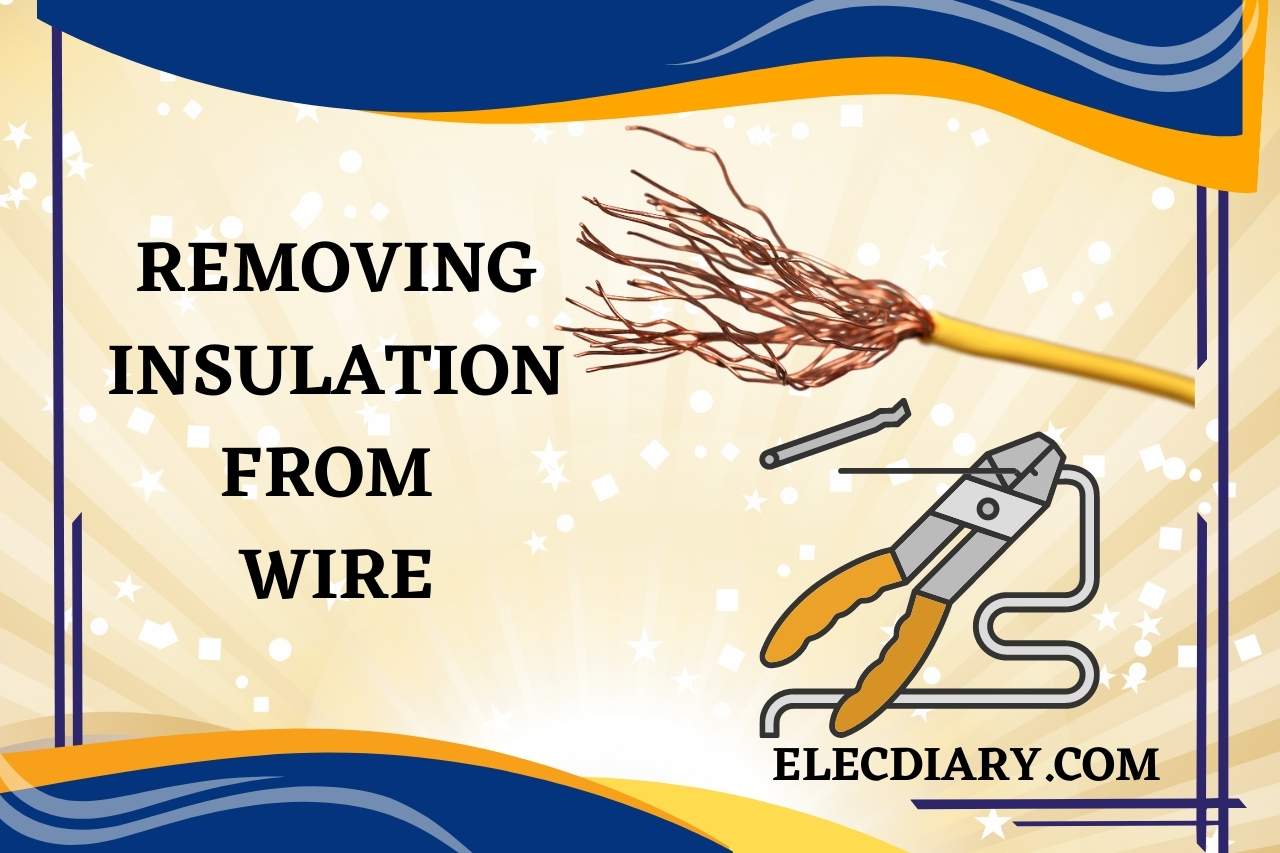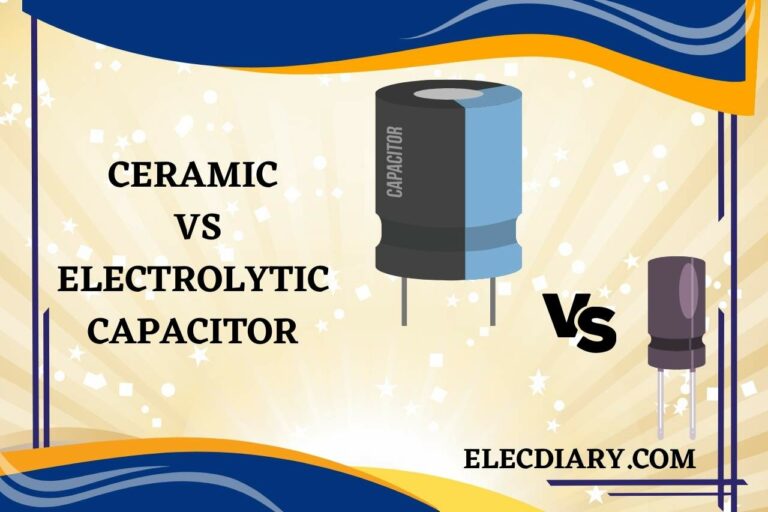Removing Insulation from Wire – Techniques for Removing Wire Insulation Safely!
Wire stripped is quite straightforward, and there are many various types of equipment you may utilize to achieve it, regardless you’re engaged in an internal electrical installation or extracting the metal for resale as scrap. Continue reading to discover a hassle-free method for “removing insulation from wire.”
Knowing how to correctly remove the insulating covering without damaging the wire is crucial. In this post, we’re going to look at several tools and procedures for stripping cable from insulation in general.
What Characteristics Define the Design of Electrical Wires?
There are two types of electric wire that are produced.
Single-core: having an insulation-encased single core.
Conductors that get stuck are generally insulated and are wound in a twisted shape.
The sectional shape of single-core wires is exclusively created by one core. The area of cross-section is a factor that is used to determine a choice based on the current’s strength in square millimeters.
The whole set of all attainable conductor cross-sections determines the cross-sectional measurement of stranded cables. A thread made of nylon is frequently inserted inside for flexibility; this tiny modification enhances the function of the wire.
Insulation comes in either single or double varieties. It is constructed of several insulating substances.
Thermoplastics are more often utilized because they relax being heated; plastics are polymers that are made from organic chemicals. They can blend together to form a single whole. While promoting burning, these polymers also release a variety of hazardous gases.
Thermosetting polymers are those that become harder when heated. They are only used as insulating for specific situations where higher standards are required.
Distinct kinds of rubber (rubber), either natural or synthetic, encourage combustion and harden once heated.
When it comes to insulating upon a fabric foundation, some materials can survive high heating (as much as 400 ° C) and still function as insulators.
This does not provide insulation but instead adds to the mechanical defense versus damage of the shield braid, which shields wires from electrical impacts.
Braid, known as “Armor,” is employed to shield wires from harm.
Different instruments are used to eliminate different types of insulation.
What Methods are there for “removing insulation from wire”?
Employing a Knife or Shears
It isn’t difficult to remove the insulation from waste copper wire, and you may accomplish it using common household equipment like scissors or a serrated knife. But it does need a lot of experience and skill.
With this technique, you just press the blade or its point of sharpness onto the sheathing’s edges as you gently peel the covering off. It is clear that the process takes a long time and is often not the best option.
Making Use of Manual Stripping Equipment
We have manual sheathing-removing instruments with razors on both sides that remove the outer layer with ease and don’t harm the underlying metal. Along with the two blades, this tool also contains a number of notches that let the user choose the wire thickness to ensure a tight fit.
Place the cable in the tool after determining the gauge, as well as physically rotate it to break or cut off the material’s coating. By allowing the wires to warm upwards in sunlight for a while, the process could be facilitated.
Automatic Wire Cutters
Large-scale recycling facilities use automatic wire performers, which use electrical equipment to eliminate insulation, for optimal efficiency. Simply insert the wire into the machine, and the razor-sharp blade will quickly cut away the exterior wrapping. Even while it saves a lot of time, it is also fairly expensive. Consequently, only specialized recycling facilities often use this system.

How are Various Wires Stripped?
Electricity Cables
The jacket is scored.
Do not completely cut out the plastic; only score an oval around the cable’s jacket. Till you get to your beginning location, carefully maneuver the knife along the wire.
Fold and crumble.
Breaking the plastic covering requires bending the wiring at the scored area.
To rip the opposite edge and slip it off, bend it backward.
Remove the Wire
To remove the insulating material, place the wire in the slot that corresponds to its gauge. The insulation may then be removed by pushing the stripper using your thumb while holding the wire using your other hand.
A Different Knife Technique
Around the method through the wire, cut an angle into its insulation. After that, twist and slip the wire’s insulation off. Check the cables for gouges and scratches.
Cable with a Plastic Covering
Sheathing Stripped
To remove the sheathing, line up the plastic-sheathed wire against the notch that corresponds to the wiring type you’re using—either 14/2 or 12/2—and press down. To see the wires beneath, slide the wrapping off.
A Different Knife Technique
Use a sharp knife to cut slashes in the plastic wrapping. Hold the tip of your finger, touching the cable’s other side while lightly pressing down with the knife. The coating can be broken by bending and sliding off.

Draw the Wiring Through the Stripper
By positioning each conductor in the appropriate notch and pushing the stripping tool to cut into the plastic, you may strip separate conductors. Maintain a right angle to the wire with the stripper. The wires may become nicked if the stripper is tilted. To remove the insulating material off the wire, press on the insulation remover with your thumb.
Coiled Cable
Change the Utter Depth
On an unused piece of cable, test the cutter depth. To fine-tune the hole depth, move each of the two blades that are cut separately. Deeper cuts may be made by using the Allen wrench in order to turn the adjustment screws in a clockwise direction.
Set the Cable in Place
The stripper should be set according to the size of your coaxial wire. As illustrated, place the cable with the jaws wide. To ensure that the cable’s severed end is facing in the appropriate direction, look at the tool’s handles icon. You should clockwise rotate the cutter five or six times before proceeding.
Cut the Wire Sheathing Off
Move the portions of sheathing that were cut off after removing the cutter. Using your fingernail, remove the aluminum foil from the plastic insulator.
Communication Cables with a Sheath
Obtain the Cable
To get rid of the covering off communication lines, use a cord stripping tool. The cable should be inserted into the biggest groove when the stripper’s jaws are slightly opened. The cutter should be turned clockwise.
Take the Sheathing Off
To sever the sheathing, bend the cable. The sliced sheathing should then slip off the wires.
Tips for Safe Stripping
Electric current-related work is not simple. In light of this, it is important to remember that a harmed core will ultimately fail regardless of definite information.
The extra insulation that is removed after stripping it for somewhat bit longer than necessary must be clipped off for security reasons. Bare nerves are too risky.
A house foreman shouldn’t spend a lot of money on tools just to use them again to remove insulation.
Simple instruments that are readily available are usually fairly enough. You must be exceedingly watchful and attentive when using a tool. To prevent core damage, insulation should be applied gradually.
Since conductor degradation on a microscopic scale cannot be seen, it is preferable to proceed cautiously and carefully in order to avoid major issues down the road.
Wire ripping is a harmless activity, but if done incorrectly, it can cause electrical shocks, flames, and arcs, among other dangerous occurrences.
Correct wire stripping. In stranded wire, keep each strand intact. Avoid cutting solid wire. Cut down the cable to a part that is intact if you are harming the cable or its protective coating.
Watch this one,
Video Credits – AJ Electric
You May Also Like








